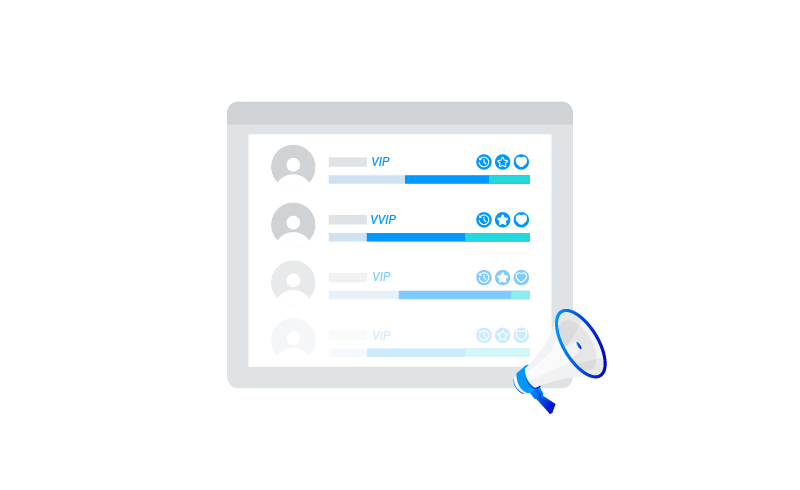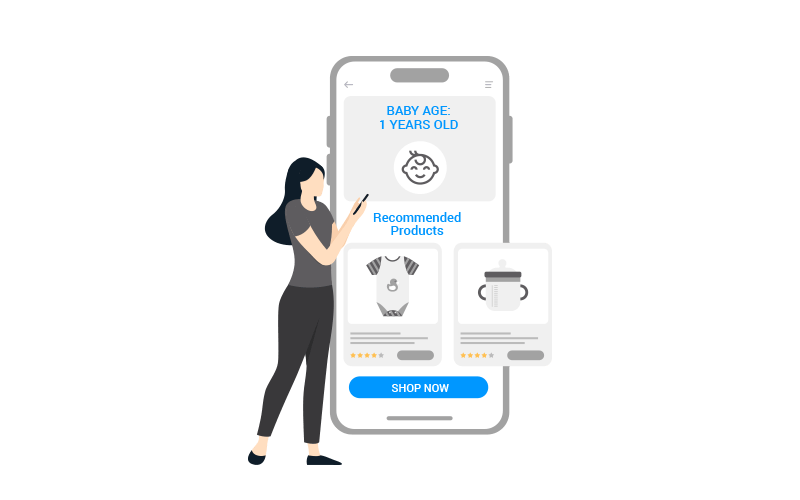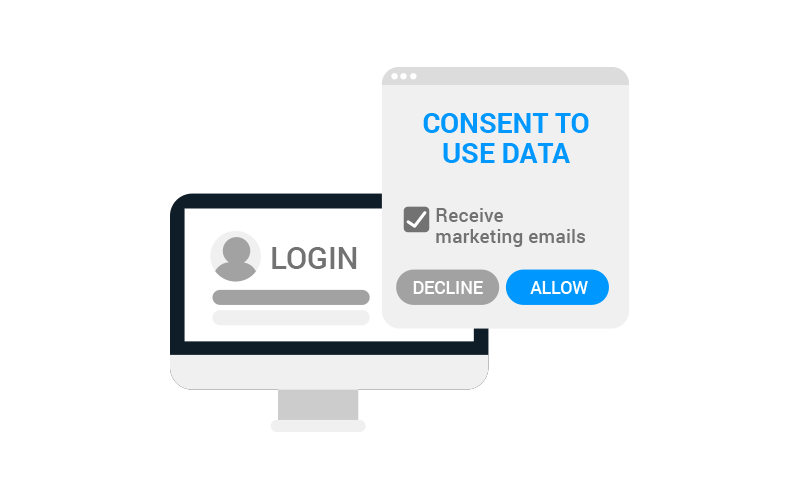

Customer
Database
System
Build a member database system to store and utilize customer information. This data helps you identify who your members are and how they behave. By collecting and analyzing these insights, brands can support personalized marketing efforts that create lasting impact, build loyalty, and boost conversions.
who your customers are?
Difficulty managing and organizing member accounts.
Only basic details like names are collected with no deeper insights.
Lack of customer information limits personalization.
Lack of an upsell strategy leads to missed revenue opportunities.


Understanding Identity
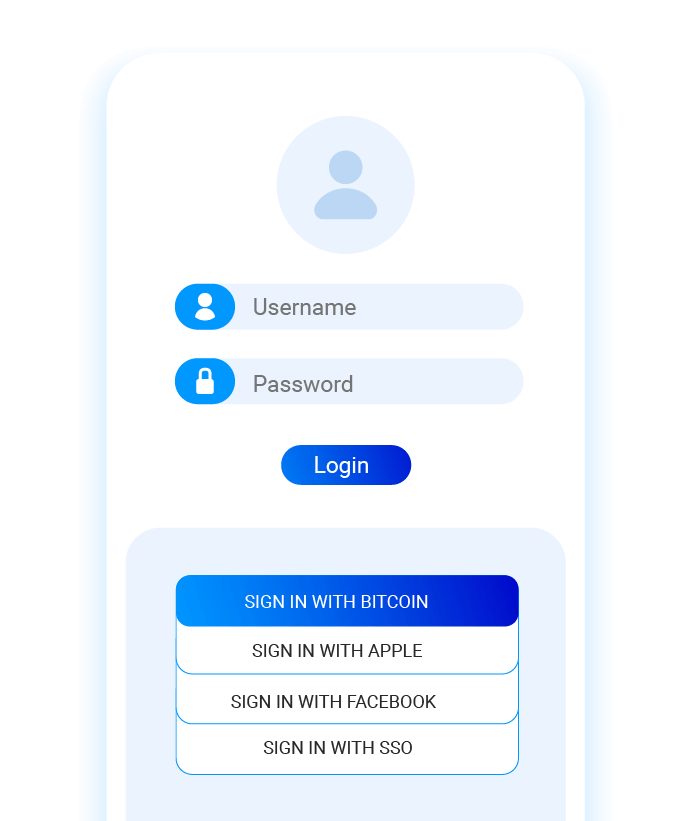
Collect important identity data that defines who your customers are, including personal details, demographics, referral activities, survey response, browsing time, and more. This helps manage member profiles and understand your customers more deeply. All identity details are stored as structured customer records, helping teams easily access and manage individual profiles.
Gather demographic details such as age, gender, location, occupation, and more, to better understand your audience. Use this information to send relevant messages that match their profile. For example, promote family offers to parents or student discounts to young adults. This demographic data also supports segmentation strategies, helping brands group members into relevant categories for more targeted outreach.
Track transaction history including past purchases, program engagement frequency, profile preference update, and points redemptions. These insights help brands see how each customer interacts with the business. This data is structured in a relational database, allowing teams to easily cross-reference behaviors and preferences across different customer segments.
USE CASE
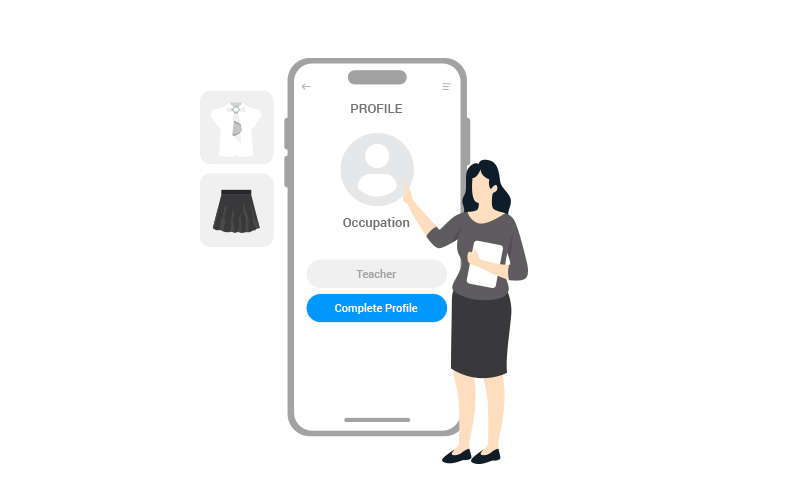
Encourage members to complete their profiles by offering rewards such as bonus points, vouchers, or free products. Brands can enrich CRM database to run targeted campaigns. For example, a clothing retailer can collect members’ occupation information to suggest suitable outfits through the app.
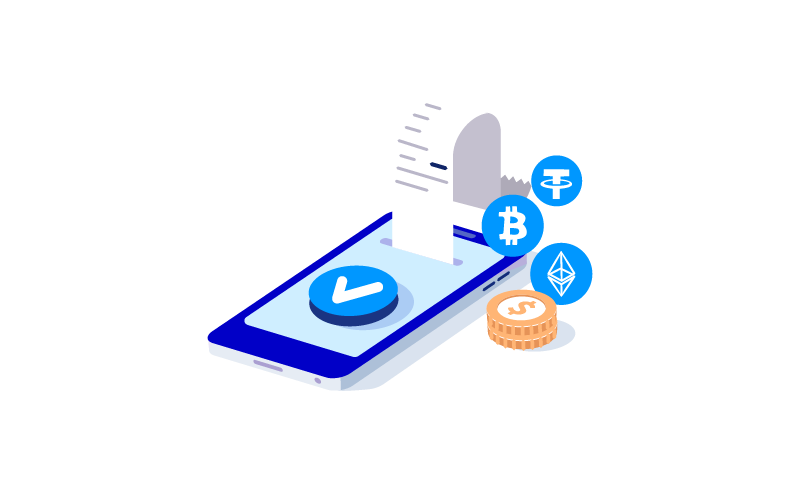
Coffee shop's loyalty program manager delves into customer transactions to identify popular rewards. Large number of customers frequently redeem their points for a complimentary beverage. Therefore, the coffee shop can utilize this complimentary beverage voucher to convince more customer actions.
One Family System
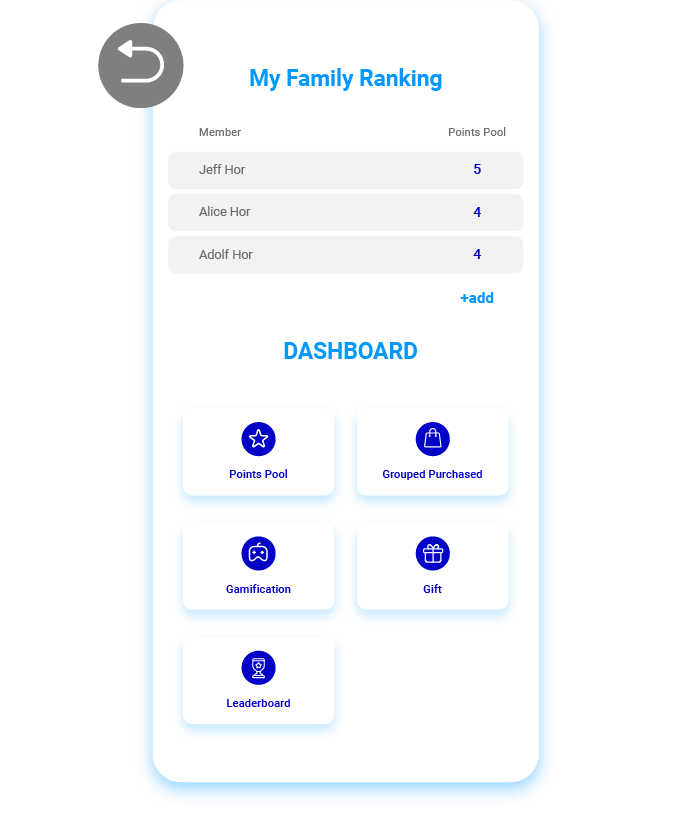
Create linked accounts to show family relationships within customer profiles. These linked accounts allow businesses to better understand and act on shared client information, especially within family groups. For example, a parent can add a sub-account for their child. Understand the connections between profiles and deliver more personalized messages based on these family ties.
Encourage higher total spending through group missions within family accounts. For example, members can accumulate their monthly purchases to compete for the top spot on the leaderboard and win exclusive rewards. By introducing friendly competition and shared goals, brands can strengthen member engagement and deeper loyalty within the group.
Members can invite friends and family to join as their family group within the loyalty program to earn additional rewards such as bonus points, discount vouchers, and more. This approach helps generate more qualified leads while enhancing group participation and loyalty.
USE CASE
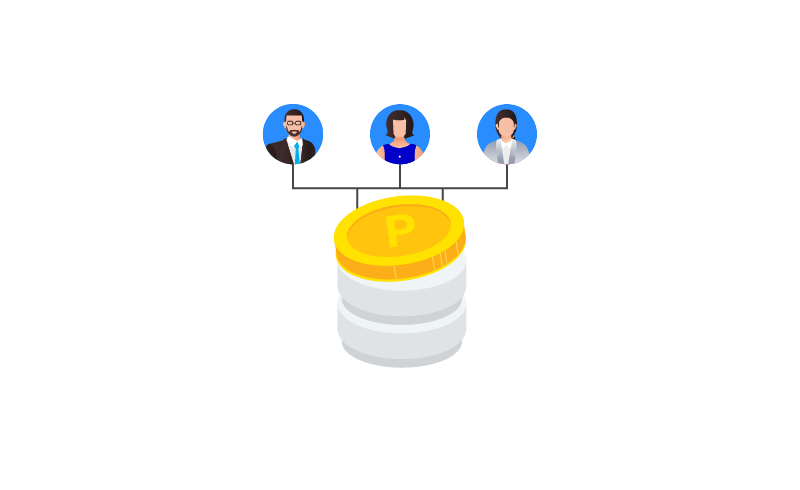
When a family dines out, all points earned are pooled into a shared family account. These points can be redeemed for treats like free desserts, invitations to exclusive family events, or priority reservations. Families can also complete tasks together, share rewards, and enjoy priority services.
Data & Marketing Consent
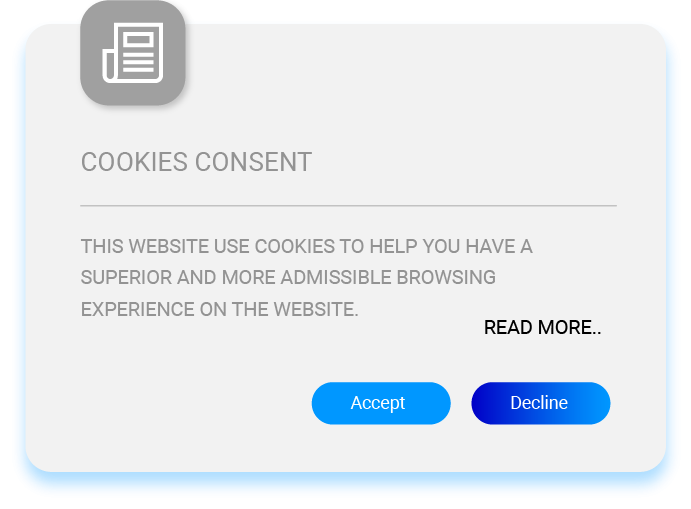
Collect and manage user consent to ensure compliance with data collection policies, privacy regulations, and marketing permissions. This helps brands avoid data breaches and reduces the risk of customer complaints.
Allow customers to choose how often they want to be contacted, what type of content they receive, and through which channels. Brands can also generate compliance and engagement reports based on individual preferences, support regulatory compliance, and build stronger member relationships.
USE CASE
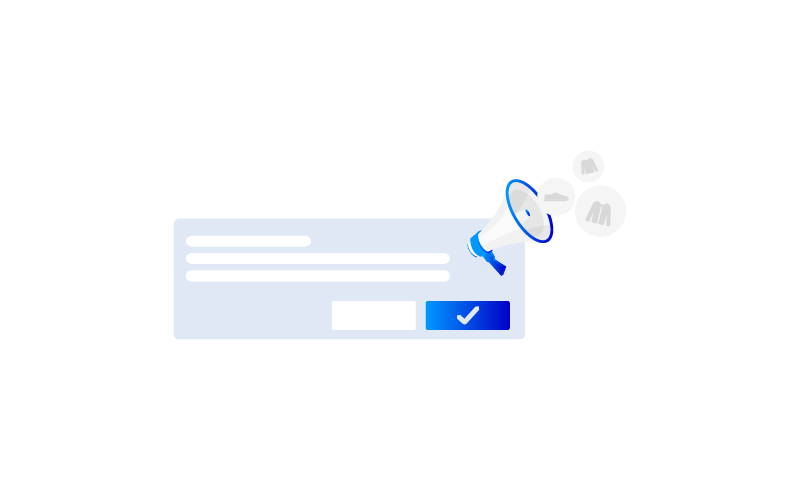
Uses customer consent to manage data in line with privacy laws. For example, when a customer agrees to share their information, all data use, from storing details to sending promotions, follows legal requirements to protect customer data and respect their choices.

PROVEN
LOYALTY WINS
See how brands use our Customer Database System to unify customer information across identities, demographics, and transaction history. With centralized profiles and consent-based data management, businesses create more personalized experiences, build trust, and strengthen long-term customer relationships.
Let’s
Connect
We’re committed to fueling business growth
and enhancing customer retention.
